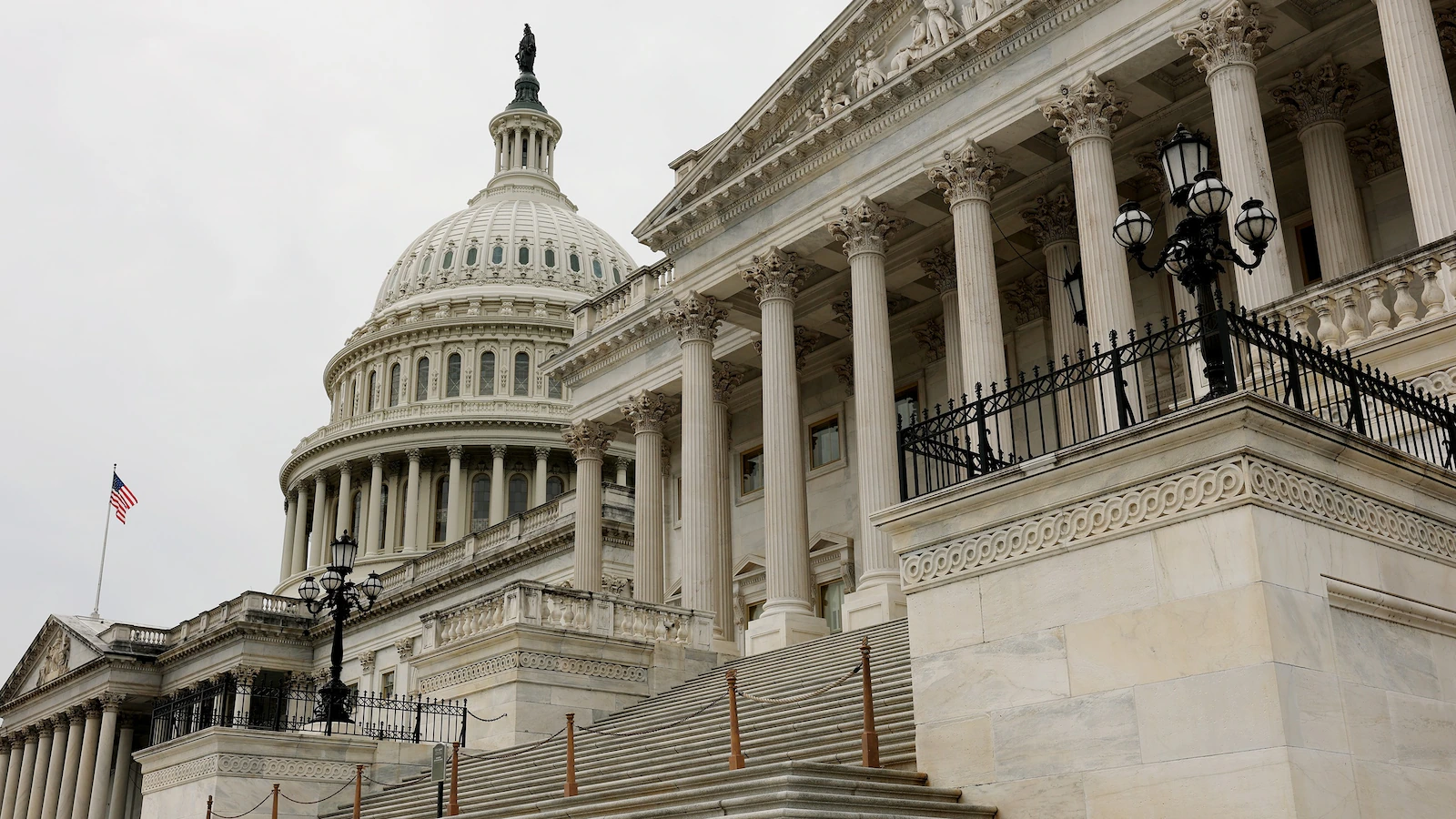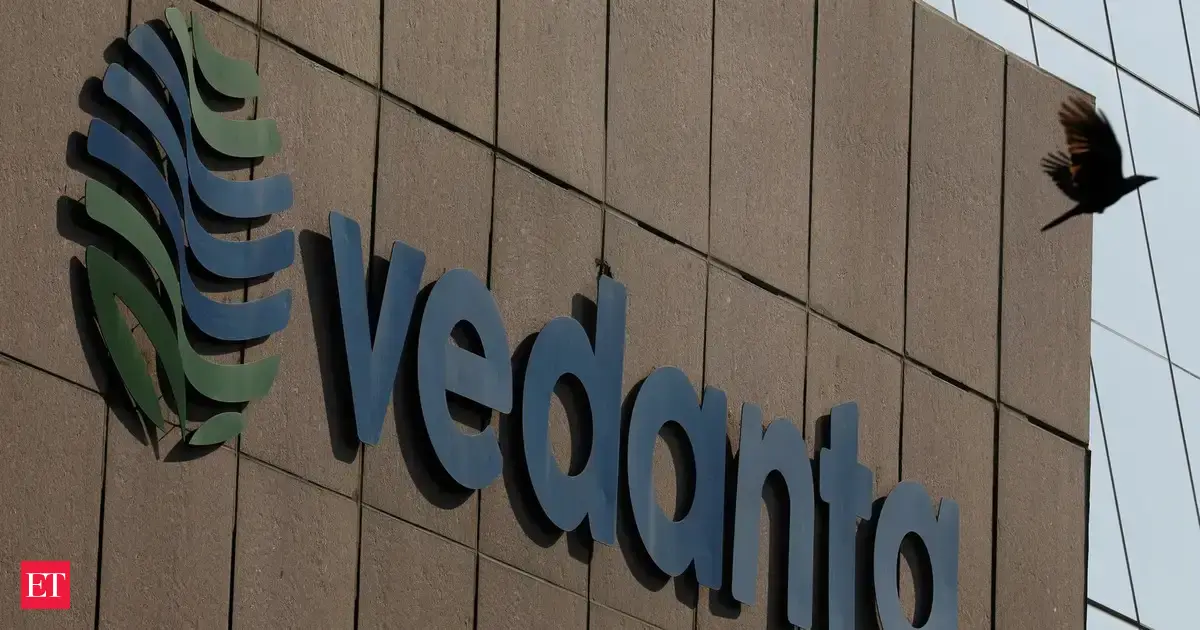
The federal government is hurtling toward a possible shutdown at a delicate moment for the nation’s economy, as a hiring slowdown stokes recession fears and inflation proves difficult to fully contain.
Federal Reserve Chair Jerome Powell last week said policymakers face a “challenging situation” while they attempt to navigate the economy through a “turbulent period.”
A government shutdown typically risks only modest damage for the U.S. economy, stemming mainly from furloughed public workers, who temporarily lose out on pay and put a dent in U.S. consumer spending, analysts told ABC News.
The impact of a shutdown could be more significant this time around, however, since the wobbly economy may strain under the weight of a potentially prolonged interruption, while a halt in the release of key economic data could make it more difficult for policymakers to steer the economy, they added.
“In stable times, this is not a particularly big deal,” Marc Goldwin, senior vice president and senior policy director at the Committee for a Responsible Federal Budget, told ABC News. “It’s probably a little bit of a bigger deal now.”
Top congressional leaders met with President Donald Trump at the White House on Monday afternoon in a last-ditch effort to avert a government shutdown — but as a stalemate persists just one day from the deadline, a shutdown seems nearly inevitable barring an unexpected breakthrough.
Lawmakers from both sides of the aisle are digging in ahead of the Tuesday night deadline.
Each week of a potential government shutdown would reduce annualized real gross domestic product growth in the quarter by about 0.1%, Mark Zandi, chief economist at Moody’s Analytics, told ABC News in a statement.
For reference, the economy grew by an average annualized rate of 1.8% over the first half of 2025, meaning it would take several weeks of a government shutdown for notable damage to be incurred.
Typically, lawmakers resolve government shutdowns quickly. Since 1977, the U.S. government has failed to meet a funding deadline on 20 separate occasions, posting an average shutdown length of 8 days, the Bank of America Institute, or BAI, said in a memo on Monday. However, the most recent shutdown – which took hold in 2018, during Trump’s first term – lasted far longer than average, clocking in at 35 days.
Many federal employees deemed non-essential would be furloughed without pay during a shutdown, and some government contractors could temporarily lose business. In recent shutdowns, the total number of furloughed workers amounted to about 800,000 people, though it would likely be smaller this time around due to government cuts, the BAI said.
The Trump administration has threatened to fire some federal workers in the event of a shutdown, which could heighten the economic impact, some experts said. The economy usually recovers a large share of lost output after a government shutdown, once furloughed workers receive back pay, but such a resurgence would not occur if those workers were to be fired.
Essential services like defense and law enforcement would continue throughout a shutdown, as would mandatory spending programs like Social Security and Medicare, BAI added.
“If it’s a long shutdown, it almost certainly will be quite negative,” Gerald Epstein, a professor of economics at the University of Massachusetts, Amherst, told ABC News.
In addition to some lost economic activity, a government shutdown risks a decline in consumer sentiment, experts said. Consumer sentiment fell more than 7 points from December 2018 to January 2019, coinciding with the most recent government shutdown, according to a Committee for Responsible Federal Budget analysis of University of Michigan survey data. A souring of consumer sentiment, albeit modest, occurred over each of the three most recent shutdowns that preceded 2018.
“Consumer sentiment is usually a pretty big predictor of consumption, and consumption accounts for about 70% of spending in our economy,” Epstein said. “If the economy is fragile, then any given force will have more impact.”
To be sure, experts said the effects of a government shutdown could still prove minimal, especially if the shutdown were to be resolved in a matter of days.
For its part, the stock market has defied financial fears during recent government shutdowns. The S & P 500 moved upward during each of the last four shutdowns, including the 2018 shutdown, during which the S & P 500 rose more than 10%, Brian Gardner, chief Washington strategist at wealth management firm Stifel, told ABC News in a statement.
As policymakers steer the economy through the twin threats of a cooling labor market and rising inflation, they may lose out on some key economic data to be provided by the federal government.
On Monday, the U.S. Department of Labor said some data would not be released in the event of a shutdown, including the highly anticipated monthly jobs report set to come out on Friday.
The Fed, which opted to cut interest rates earlier this month, is guided by a dual mandate to keep inflation under control and maximize employment. Powell said a sharp cooldown of hiring over the summer had shifted the balance of risks toward greater concern over the labor market rather than inflation.
Still, Powell voiced concern about the trajectory for prices, saying, “uncertainty around the path of inflation remains high.”
In the event of a shutdown, central bankers will still avail themselves of private sector data sources, but a loss of some federal data would make their task more difficult, Goldwin said.
“They’re walking a tight rope to figure out whether and how to cut interest rates,” Goldwin added. “They need the best data to do that. When you’re on a tight rope and you have a little bit of a blurry vision in the corner of your eye, it’s not good.”
ABC News’ John Parkinson and Lauren Peller contributed to this report.



